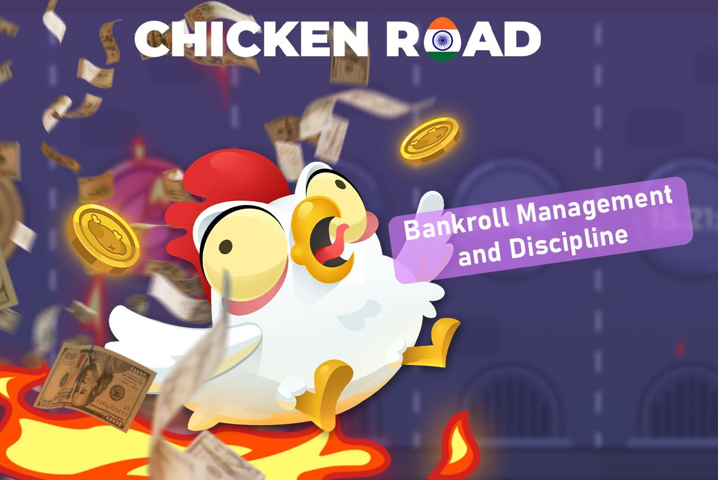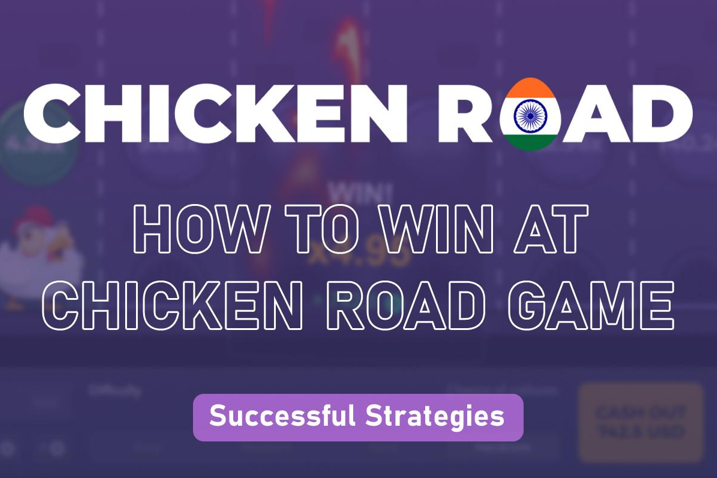Chicken Road is a gambling online game in which the player controls a chicken walking along a “road” made up of squares. Each square contains either a safe passage or a trap. Each successful move forward increases the multiplier — that is, your potential winnings.
The secret to success here is not only luck, but also knowing when to stop. After all, if you step on a trap, your bet will be lost and all your progress for that round will be lost. In this sense, Chicken Road can be compared to “crash” games (where the odds increase and can break at any moment), but with a visual and interactive presentation — you literally see your character going further and further.
Basic Game Parameters
To start playing with an understanding of the game, it is useful to know the main characteristics of Chicken Road:
- RTP (Return to Player) — about 98%. This is an indicator of how much, on average, is returned to players from all bets in the long run. The higher it is, the more profitable the game is for the user.
- Volatility — high. This means that wins can be large, but they don’t happen very often. Be prepared for a series of losses before you hit a big win.
The maximum multiplier can theoretically reach millions of times (especially in Hardcore mode), but such results are extremely rare and occur randomly. - Difficulty modes:
- Easy — many safe cells, low coefficients, minimal risk.
- Medium — a balance between risk and reward.
- Hard — fewer safe cells, high multipliers.
Hardcore — almost all cells are dangerous, but the multiplier grows exponentially faster.
Understanding these parameters helps you choose the mode and strategy that suits your playing style and risk tolerance.
Why Strategy is Important
Many beginners think that the result depends entirely on luck. This is partly true, but there is an important feature: in Chicken Road, you decide when to stop and collect your money. Your every action directly affects the outcome.
Imagine: you have taken three safe steps, and the odds have doubled. You can withdraw your winnings or take a risk and continue. The decision is yours — and it is at moments like these that strategy plays a key role.
Why it’s difficult to win without it:
- Emotions get in the way of common sense.
- It’s hard to stop at the right time.
- The lack of a plan leads to chaotic actions.
A strategy provides structure, helps you make rational decisions and reduces the influence of emotions. Even if you don’t always come out ahead, with a plan your chances of playing consistently are much higher.
Safety and Risk Minimisation Strategies
Quick Exit
One of the simplest and most reliable ways is to end the game after just two or three successful moves. Yes, the winnings will be modest, but the probability of losing is reduced significantly. This approach is especially effective in easy and medium modes, where there are more safe cells.
Fixed Number of Moves
The essence of this method is to decide before the start of the round how many steps you will take and stick to this decision. For example, if you have decided on “4 steps and exit,” do not change your plan even when it seems that you can “go a little further.” This helps to avoid impulsive decisions.
Risk Ladder
This method is based on gradually increasing the difficulty. First, play Easy or Medium until you earn a small profit. After that, you can try Hard or even Hardcore, using only the portion of your winnings that you are willing to lose without regret.
Flat Bets
Here, the bet size remains the same in each round, regardless of the outcome of the previous game. This reduces the temptation to “win back” after a loss and helps keep your bankroll under control.
Single Attempt in Hardcore
If you want to try your luck in the riskiest mode, limit yourself to one attempt per gaming session and bet no more than 1% of your total bankroll on it. This approach adds excitement but does not destroy the balance.
Bankroll Management and Discipline

Limiting Bet Sizes
The main rule is not to risk too much of your bankroll in a single round. The optimal range is considered to be between 1% and 5% of your total account balance. This allows you to survive a series of losses without losing everything.
Stop Loss and Take Profit
Before starting a session, it is useful to set two limits: the maximum amount you are willing to lose (stop loss) and your profit target (take profit). Once one of these limits is reached, it is best to end the session.
Analysis of Previous Games
Keeping notes on past sessions helps you notice patterns — for example, in which modes you win more often and in which you quickly lose your bankroll. The notes can be simple: date, mode, number of steps, result.
Emotional Control
It is best to play when you are calm. If you feel irritated or euphoric, it is better to take a break. Strong emotions often lead to hasty decisions, which means losses.
Advanced Techniques and Approaches for Experienced Players
Combining Modes
Experienced players often build their game around alternating difficulty levels. For example, 70% of the session is spent in Medium, and the remaining 30% in Hard to try to catch a big multiplier. This method helps balance stability and potential profit.
Observing “Cold” and “Hot” Streaks
Although each round in Chicken Road is independent, players often notice that safe cells appear more or less frequently during certain periods. Keeping session statistics allows you to navigate these streaks and adjust the aggressiveness of your bets.
Partial Withdrawal of Winnings
In some strategies, players withdraw part of their winnings after each successful move, leaving the rest in the game. This approach reduces the risk of losing everything, especially in high-risk modes.
Controlling Playing Time
Long sessions increase fatigue and reduce alertness. Experienced players set time limits for themselves — for example, no more than 30–40 minutes of active play in a row, with mandatory breaks.
Conclusion
Chicken Road is a fast-paced and exciting game where success depends not only on luck but also on your ability to manage risk. Simple rules make it accessible to beginners, while a variety of difficulty modes and the ability to choose when to quit make it appealing to experienced players.

